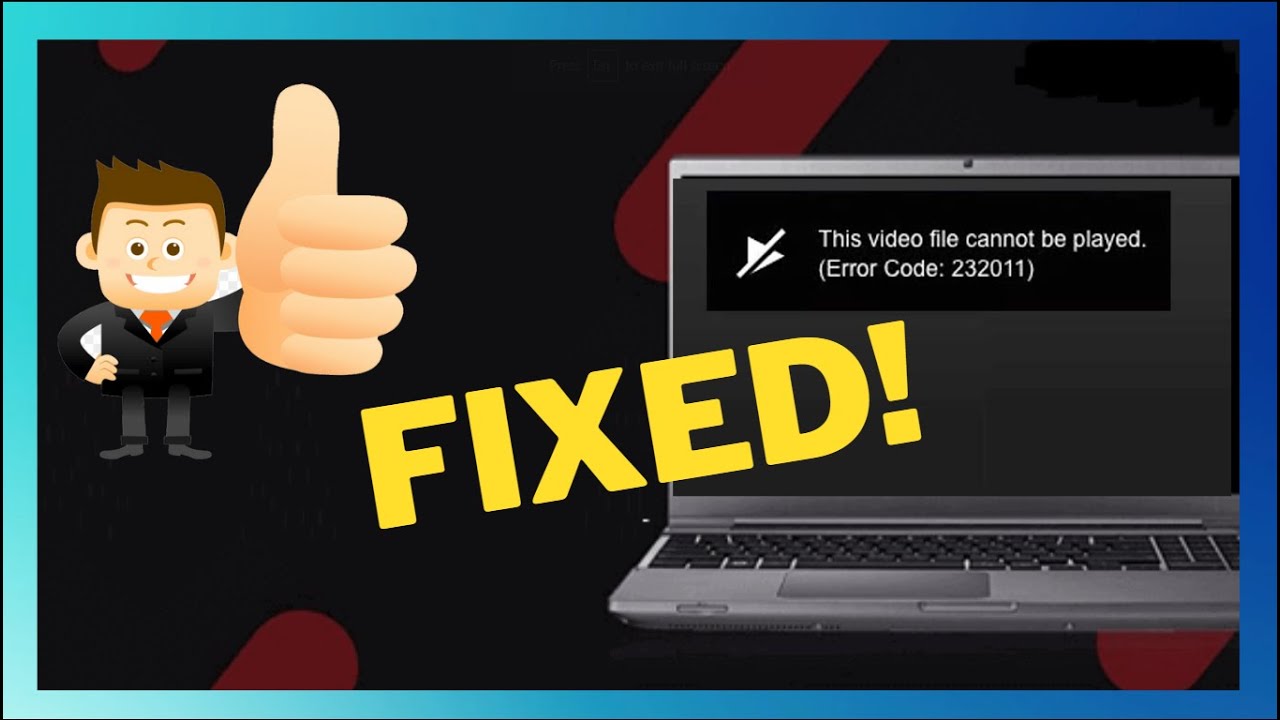Keyhole or minimally invasive surgery is a procedure in which the operation is performed without making a large incision. It is also known as laparoscopic surgery when used to operate on the abdomen and thorascopic surgery when used on the chest area. Many different types of operations can now be performed through keyhole surgery. This type of surgery shortens the time your child needs to stay in the hospital and leaves little scarring. It is the way to keep your surgery successful if you get keyhole surgery Singapore only.
How long does a keyhole operation take?
It varies, depending on the type of surgery. Most operations last between 30 minutes and four hours. The surgeon will give you an estimate of how long the operation will take when he is explaining it to you.
What are the benefits of keyhole surgery?
Children recover more quickly after hole surgery. There is very little scarring after keyhole surgery, which becomes more important as your child gets older and more self-aware. A side effect of ‘open’ surgery – reduced by keyhole surgery – is ‘adhesions’. This is where internal organs stick together and form bands of scar tissue, which can be painful and obstructive.
Is there an alternative to keyhole surgery?
All operations performed as keyhole surgery can also be performed using ‘open’ surgery, i.e. with a large incision.
What happens before the operation?
For many operations at GOSH, you and your child will need to come for an appointment shortly before the operation is scheduled. The purpose of this is to check whether your baby is fit enough for the operation. This is also an opportunity to see the surgeon again and ask any questions you may have. Your child’s surgeon will explain the operation in detail, talk to you about any concerns and ask you to sign a consent form to give permission for the operation. Your child should not have anything to eat or drink beforehand until the time stated in the letter. It is important to follow these instructions otherwise your child’s operation may need to be delayed or cancelled.
Anesthesia connections
An anesthetist will meet with you to explain your child’s anesthesia in more detail. If your child has any medical problems, such as allergies, please tell the doctors. Your child may need some special preparation for the operation. This may include an enema to empty your baby’s bowel, so it blocks the surgeon’s view of other internal organs. It is especially used for children with special needs.
What does the operation involve?
Your child will be given a general anesthetic and will be asleep during the operation. Once your baby is asleep, the surgeon inserts a small metal tube called a cannula into your baby’s belly button. A telescope, fitted with a small video camera, is inserted into the tube to project a very high-quality video image onto a television screen. The abdomen is then inflated with carbon dioxide to create space in which the surgeon can operate.
Are there any risks?
Every anesthetic has a risk of complications, but these are rare. Your child’s anesthetist is an experienced doctor who is trained to deal with any complications. After anesthesia, children sometimes feel sick and vomit, may have a headache, sore throat or dizziness. These effects are short-lived.









Leave a Reply